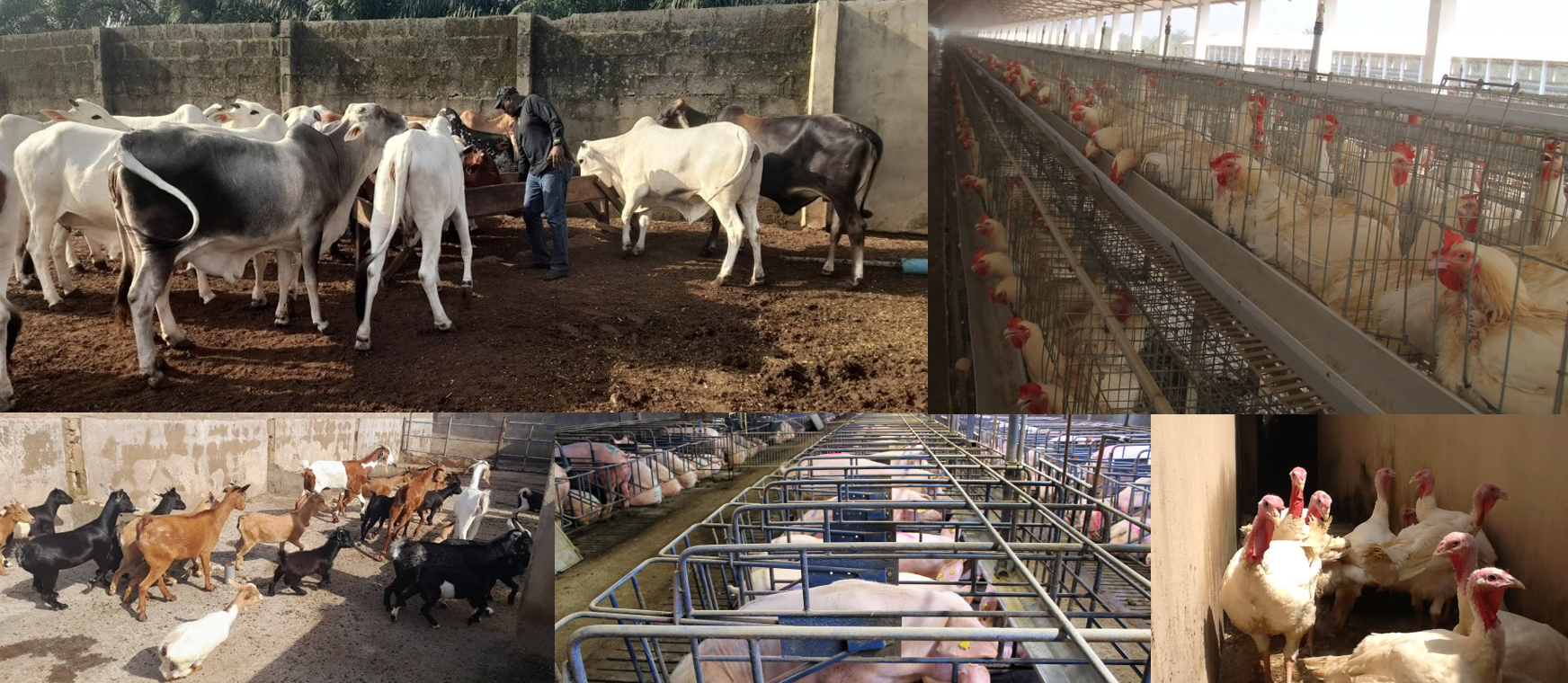
Livestock farming is a cornerstone of agribusiness in Nigeria and across Africa, providing livelihoods and food security for millions. However, it comes with its own set of unique challenges. Understanding these challenges and learning how to overcome them can turn potential pitfalls into opportunities for growth and success. Here are the top five challenges in livestock farming and practical strategies to address them.
1. Disease Management
Challenge: Diseases are a major threat to livestock farming. Outbreaks can decimate herds, leading to significant financial losses. Common diseases include foot-and-mouth disease, avian influenza, and African swine fever.
Solution:
- Vaccination: Regular vaccination schedules are crucial. Ensure that all livestock are vaccinated against common diseases prevalent in your region.
- Biosecurity Measures: Implement strict biosecurity measures to prevent the introduction and spread of diseases. This includes controlling access to farms, disinfecting equipment, and isolating new or sick animals.
- Regular Veterinary Check-ups: Regular health check-ups by a qualified veterinarian can help in early detection and management of diseases.
2. Feed and Nutrition
Challenge: Providing adequate and balanced nutrition is essential for the health and productivity of livestock. High-quality feed can be expensive, and poor nutrition can lead to low productivity and health issues.
Solution:
- Balanced Diets: Work with a livestock nutritionist to formulate balanced diets that meet the specific needs of your animals.
- Locally Sourced Feeds: Reduce costs by using locally available feed resources and by-products. For example, agricultural residues can be a cost-effective feed option.
- Supplementation: Provide necessary supplements such as vitamins and minerals to ensure optimal health and productivity.
3. Climate Change and Environmental Stress
Challenge: Climate change poses a significant risk to livestock farming, affecting water availability, feed supply, and causing heat stress.
Solution:
- Climate-Resilient Breeds: Opt for breeds that are more resilient to local climatic conditions.
- Water Management: Implement efficient water management systems to ensure a consistent supply of clean water.
- Shelter and Shade: Provide adequate shelter and shade to protect animals from extreme weather conditions. This can help reduce heat stress and improve overall well-being.
4. Market Access and Fluctuating Prices
Challenge: Livestock farmers often face difficulties accessing markets and dealing with fluctuating prices. This can lead to financial instability and reduced profitability.
Solution:
- Market Research: Conduct thorough market research to identify the best times and places to sell your livestock products. Understanding market demands can help in planning and maximizing profits.
- Value Addition: Process raw livestock products into value-added goods such as cheese, yogurt, or smoked meats. Value addition can significantly increase your profit margins.
- Direct Marketing: Explore direct marketing channels such as farmers’ markets, online platforms, and direct sales to consumers. This can reduce reliance on middlemen and improve your profit margins.
5. Financial Management and Access to Credit
Challenge: Many livestock farmers struggle with financial management and accessing credit facilities. This limits their ability to invest in better infrastructure, feed, and healthcare for their animals.
Solution:
- Financial Planning: Develop a comprehensive financial plan that includes budgeting, record-keeping, and cash flow management. This will help you make informed decisions and plan for the future.
- Microfinance and Cooperative Loans: Explore microfinance options and cooperative loans that offer favorable terms for small-scale farmers. Being part of a cooperative can also provide access to shared resources and better bargaining power.
- Government and NGO Programs: Take advantage of government and non-governmental organization programs that offer financial support, training, and resources for livestock farmers.
Conclusion
Livestock farming in Nigeria and the rest of Africa holds immense potential for growth and profitability. By addressing the challenges of disease management, feed and nutrition, climate change, market access, and financial management, you can build a resilient and successful livestock farming enterprise.
Equip yourself with the knowledge and strategies outlined in this article, and you’ll be well on your way to overcoming obstacles and achieving sustained success in your agribusiness. Share this article with fellow farmers and agripreneurs to foster a more informed and robust livestock farming community across Africa.
This comprehensive guide provides invaluable insights and actionable strategies for tackling the major challenges in livestock farming. Implement these tips to enhance your livestock farming practices and ensure long-term profitability and sustainability. Share this valuable information with your network and empower others to succeed in the agribusiness sector!

